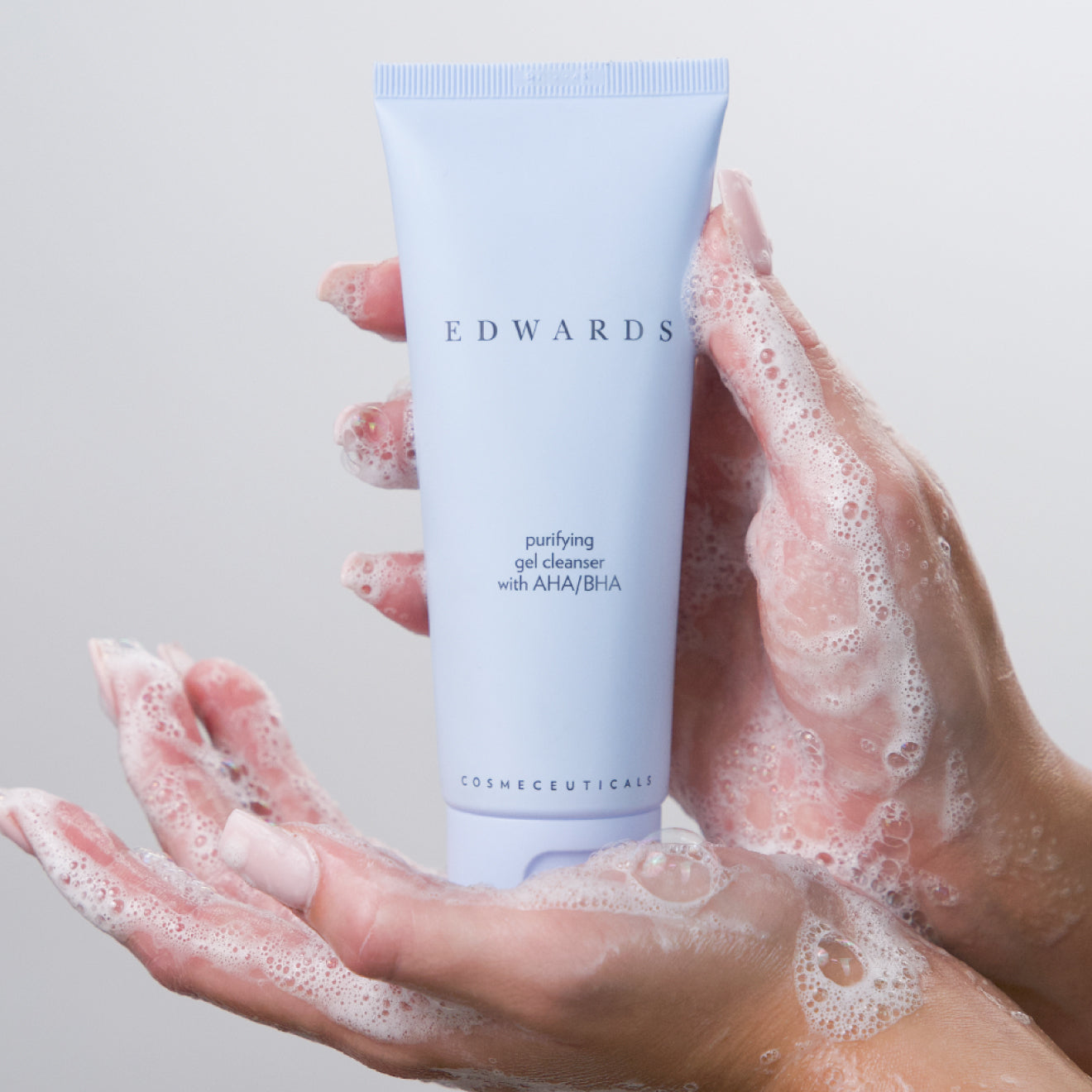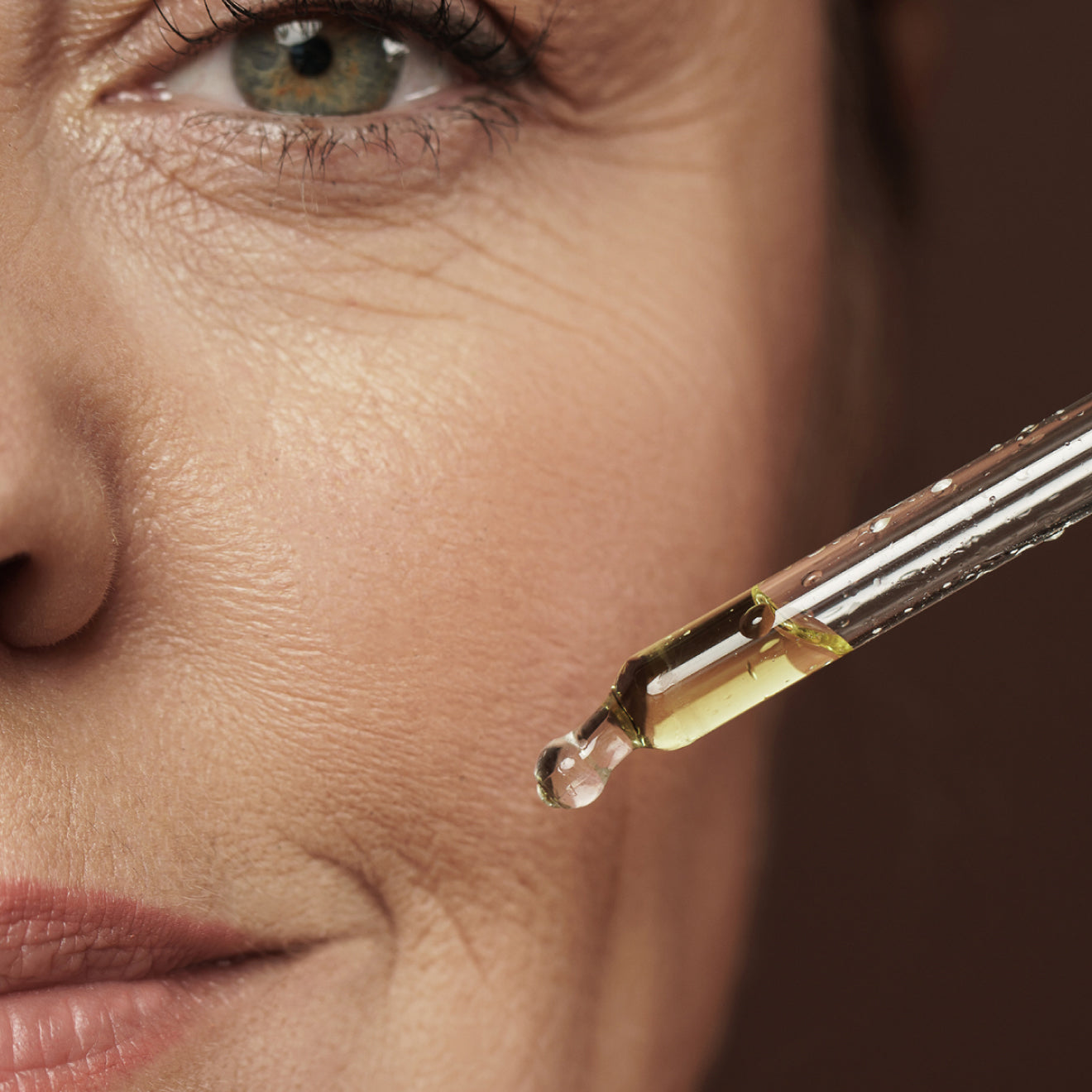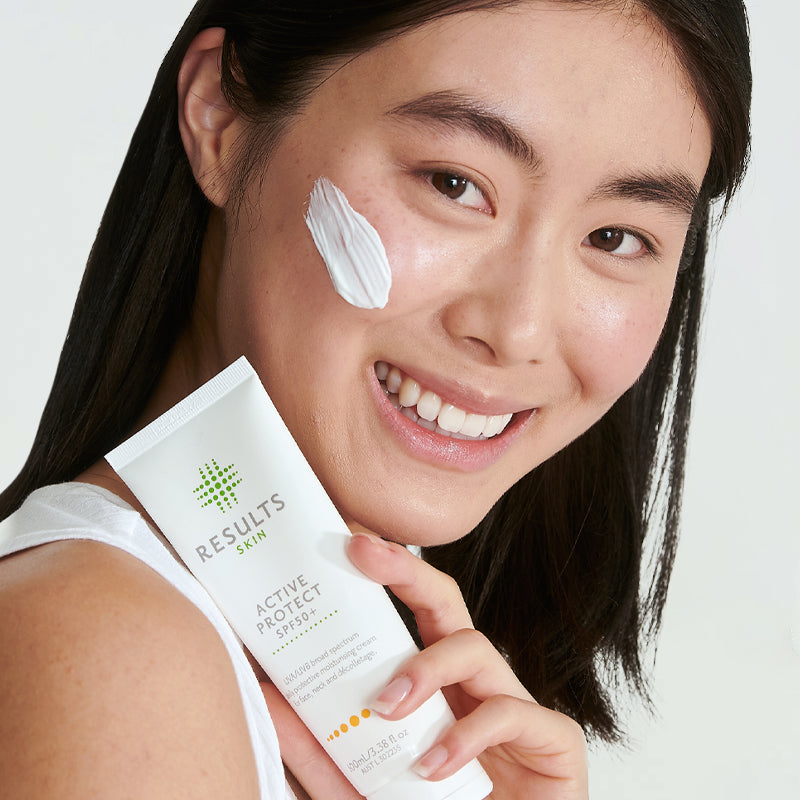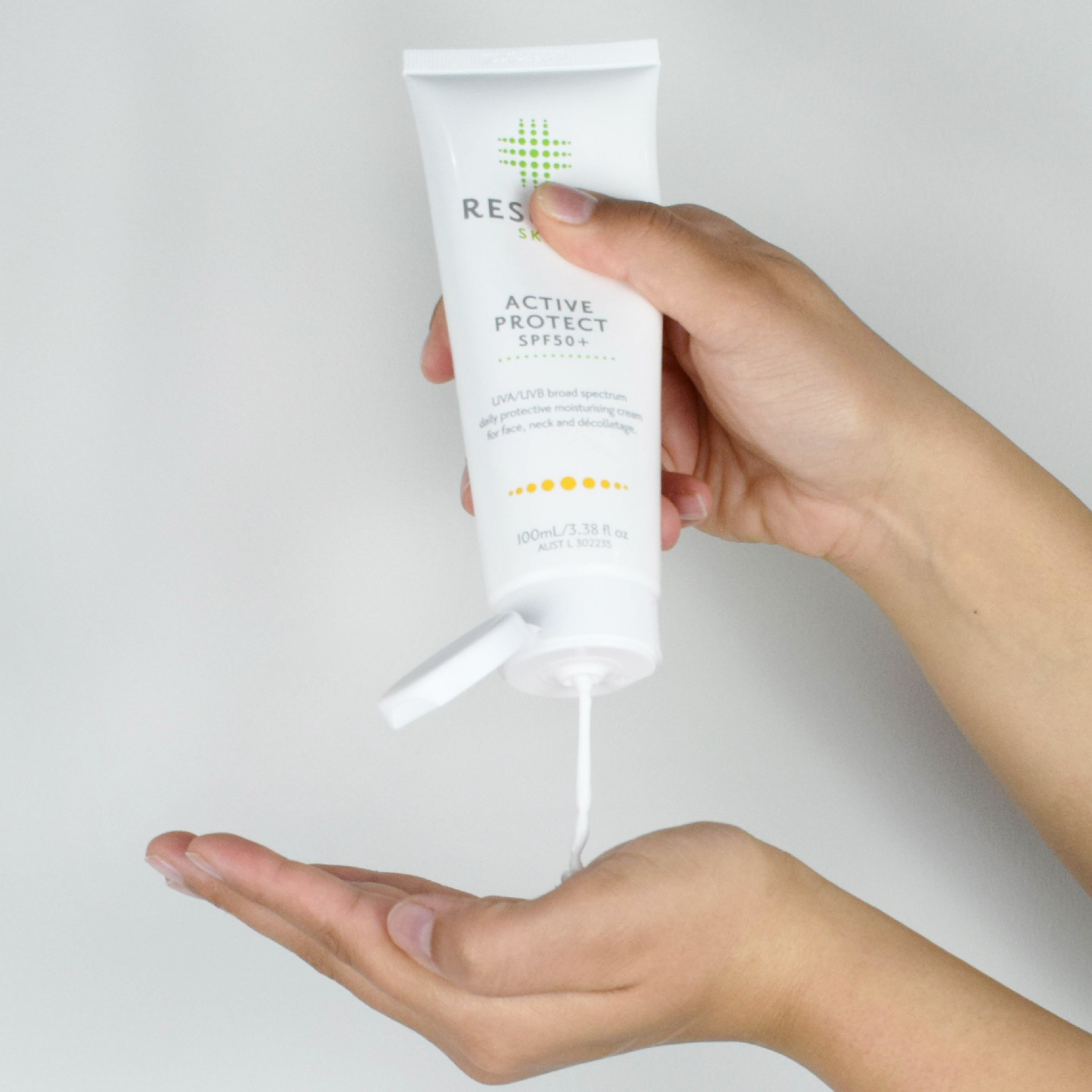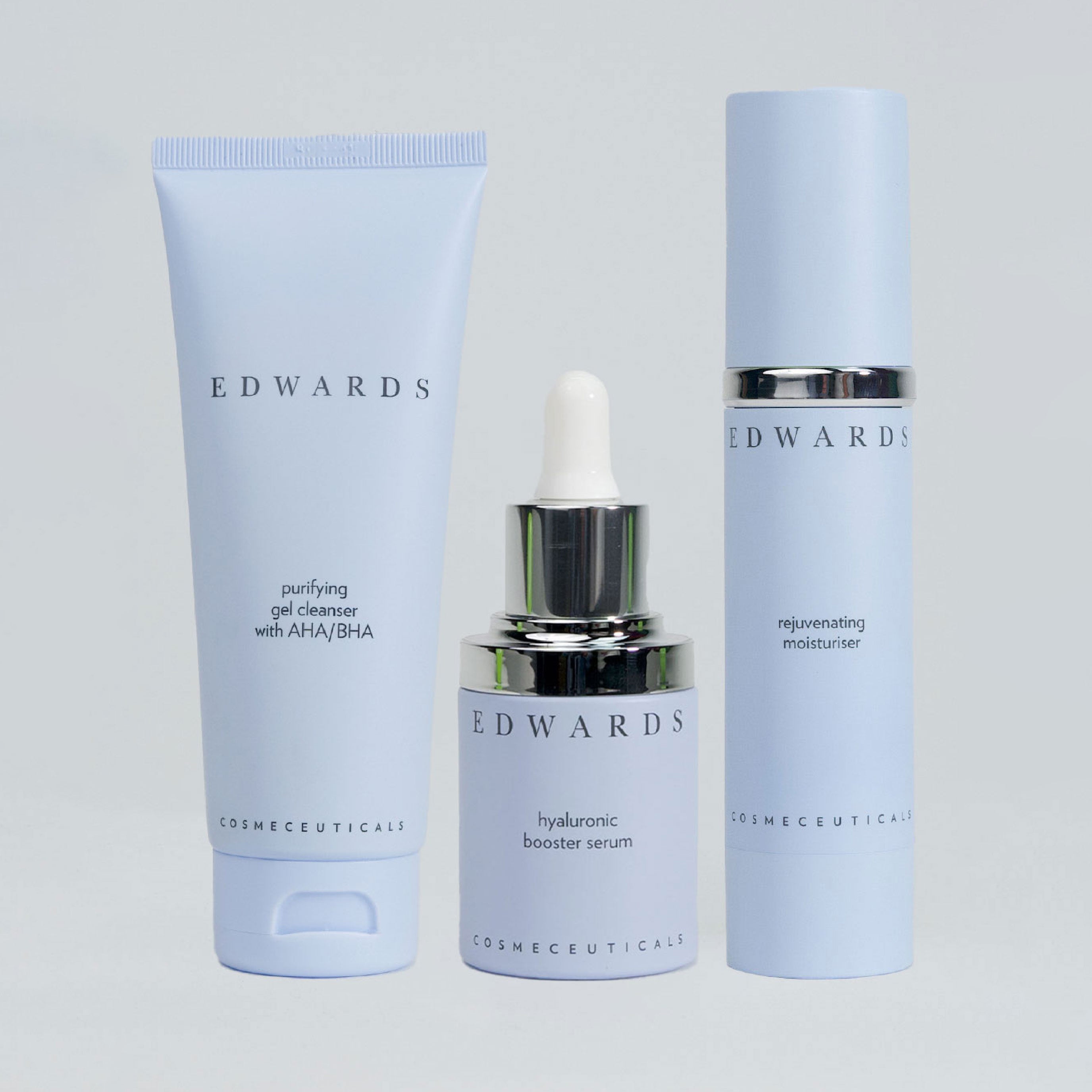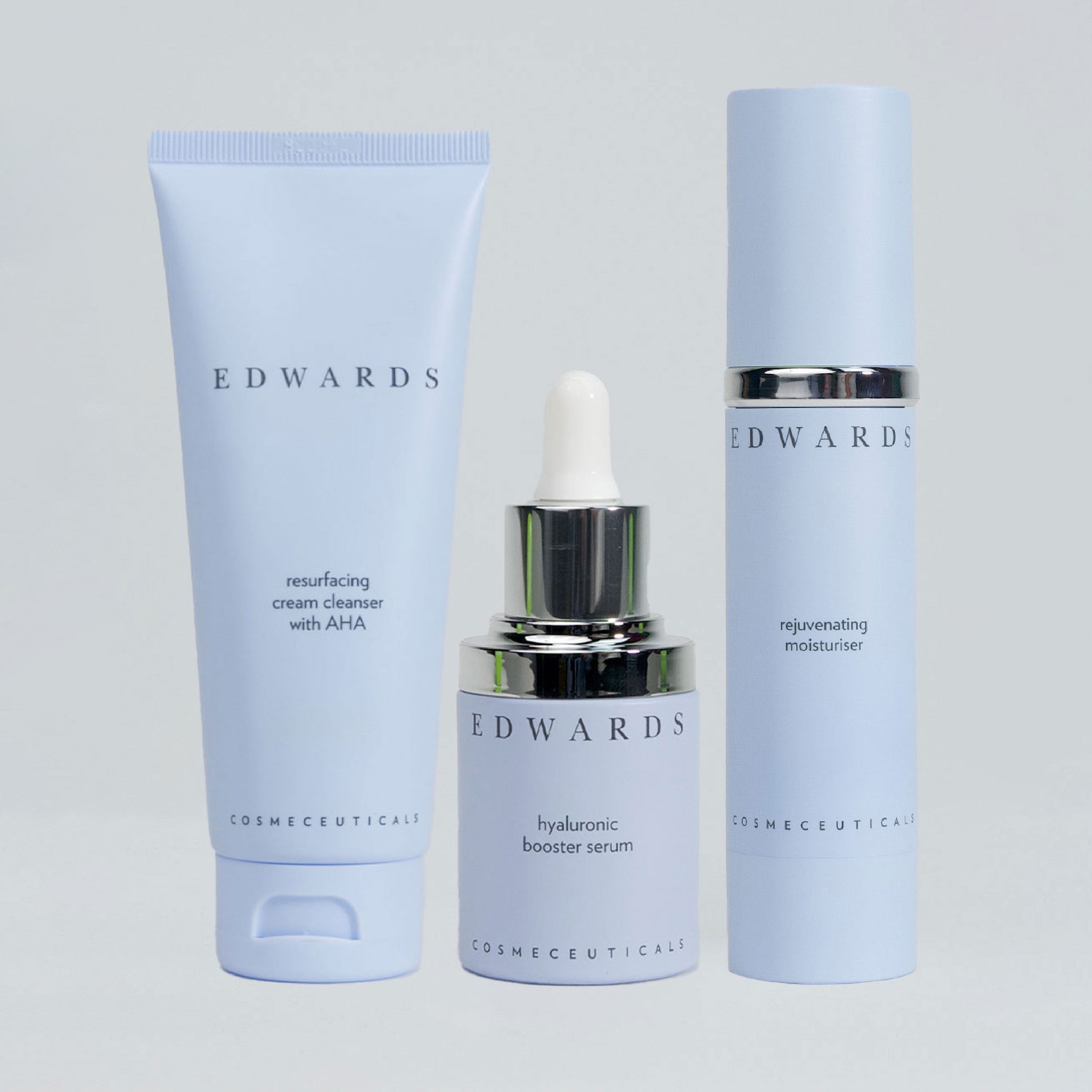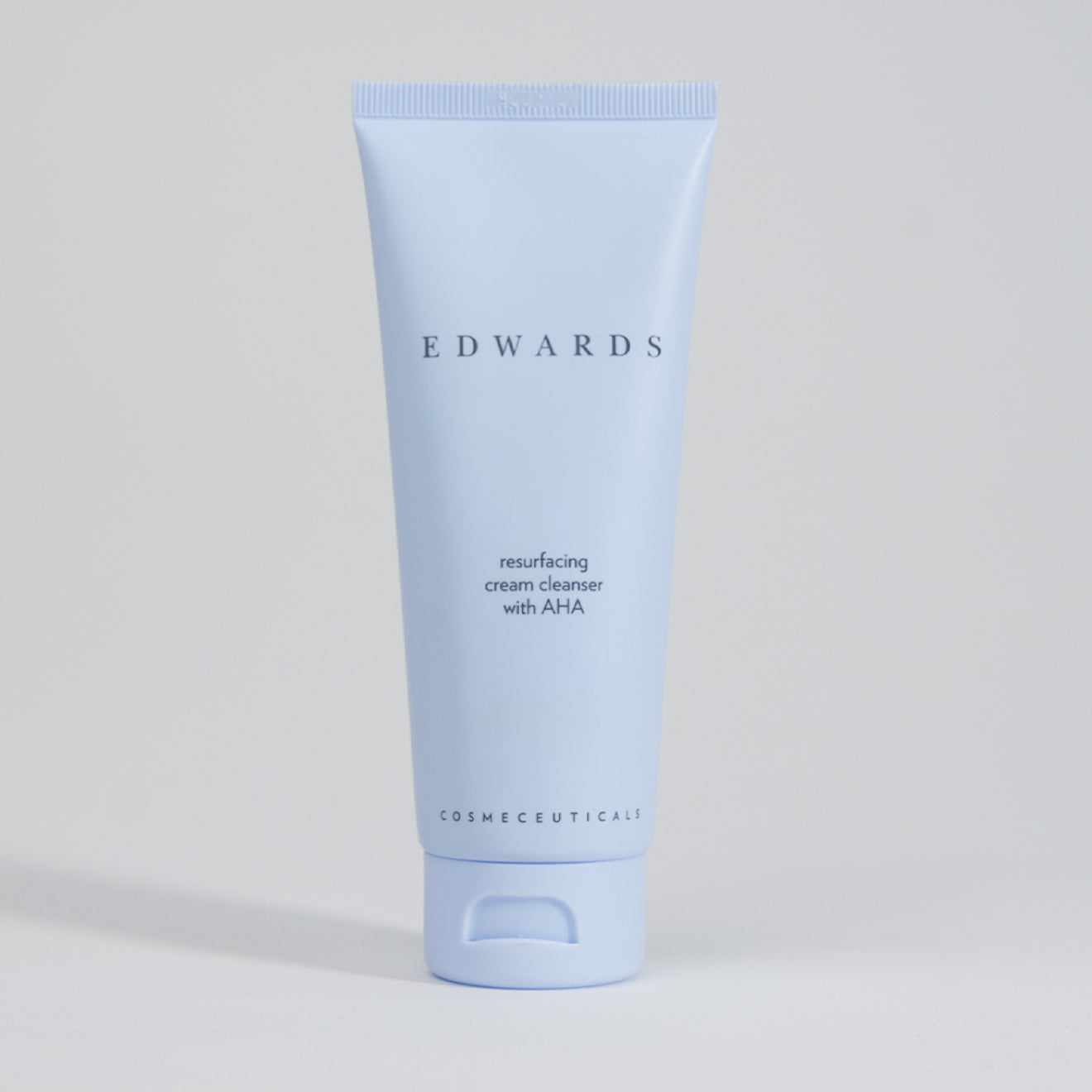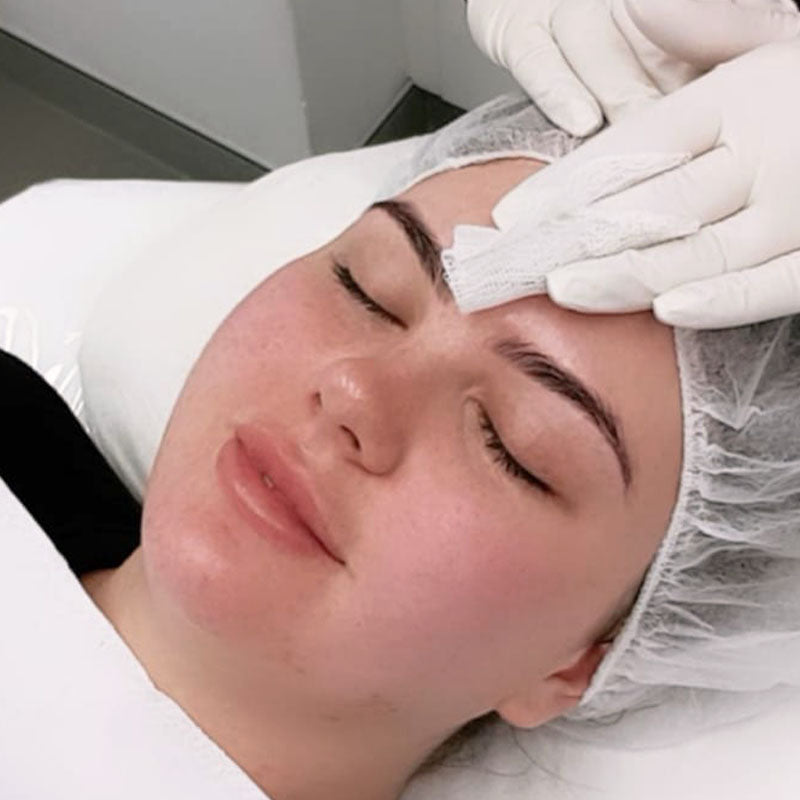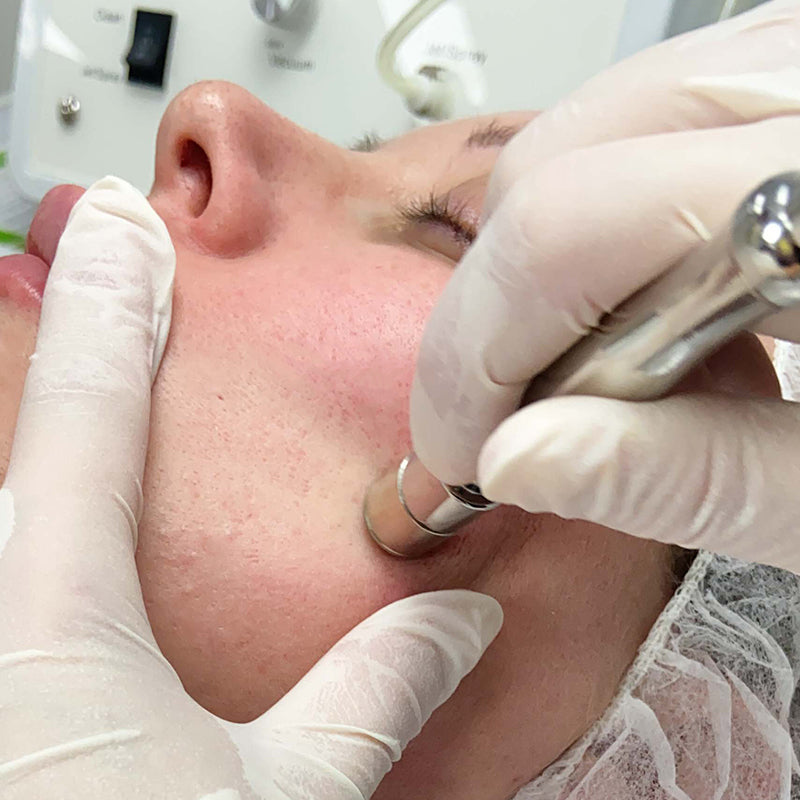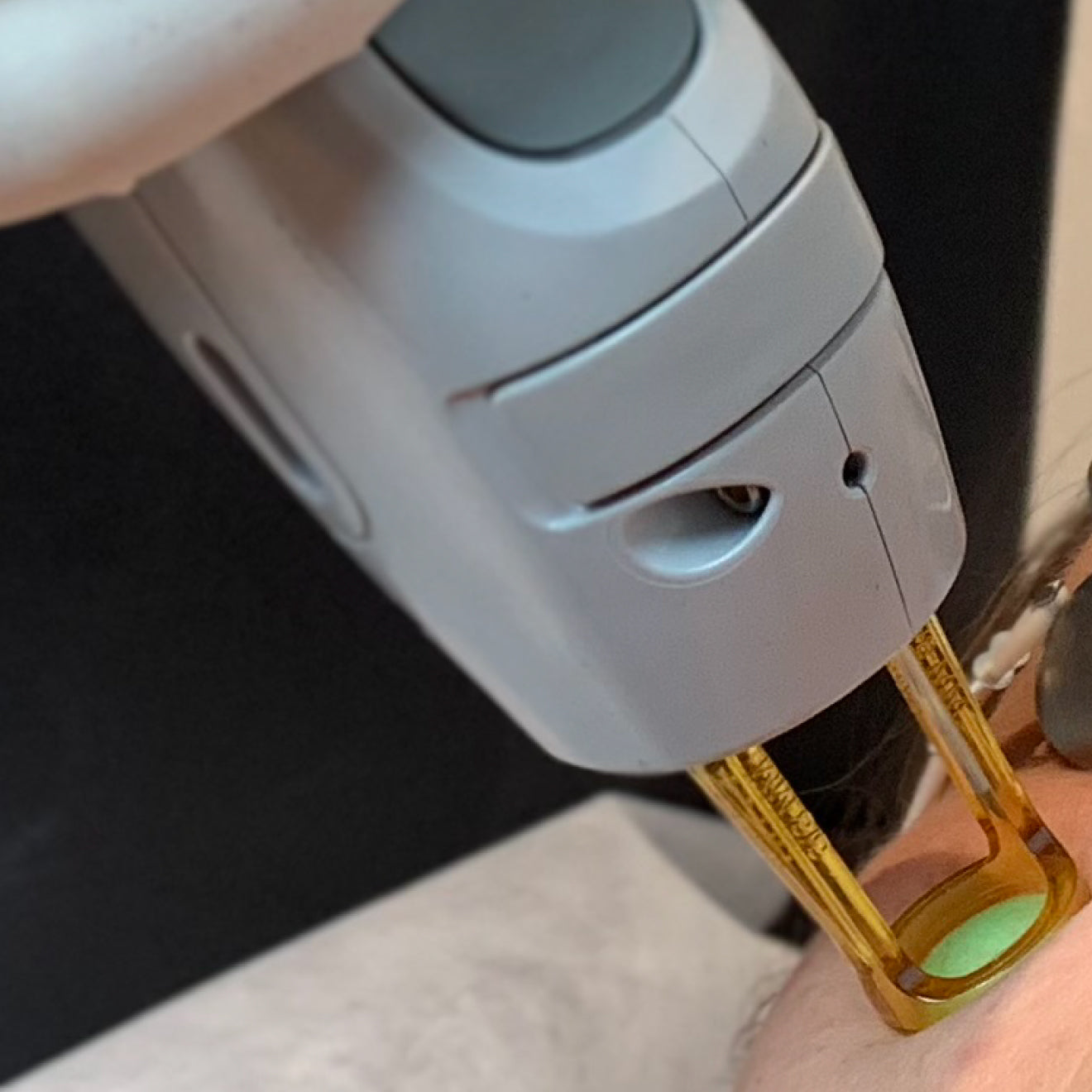Skin Concern:
Post-Inflammatory Hyperpigmentation
Coloured scarring, often referred to as post-inflammatory hyperpigmentation (PIH), occurs when the skin produces excess melanin (pigment) in response to an injury or inflammation. This results in the appearance of dark spots or patches on the skin.

What Causes Post-Inflammatory Hyperpigmentation?
Inflammation: Acne breakouts, injuries, bug bites, or even some skin procedures can trigger inflammation.
Melanin Production: In response to inflammation, the body produces excess melanin, leading to the formation of dark spots.
Skin Tone: Individuals with darker skin tones are more prone to developing PIH due to higher melanin production.
Treating Post-Inflammatory Hyperpigmentation
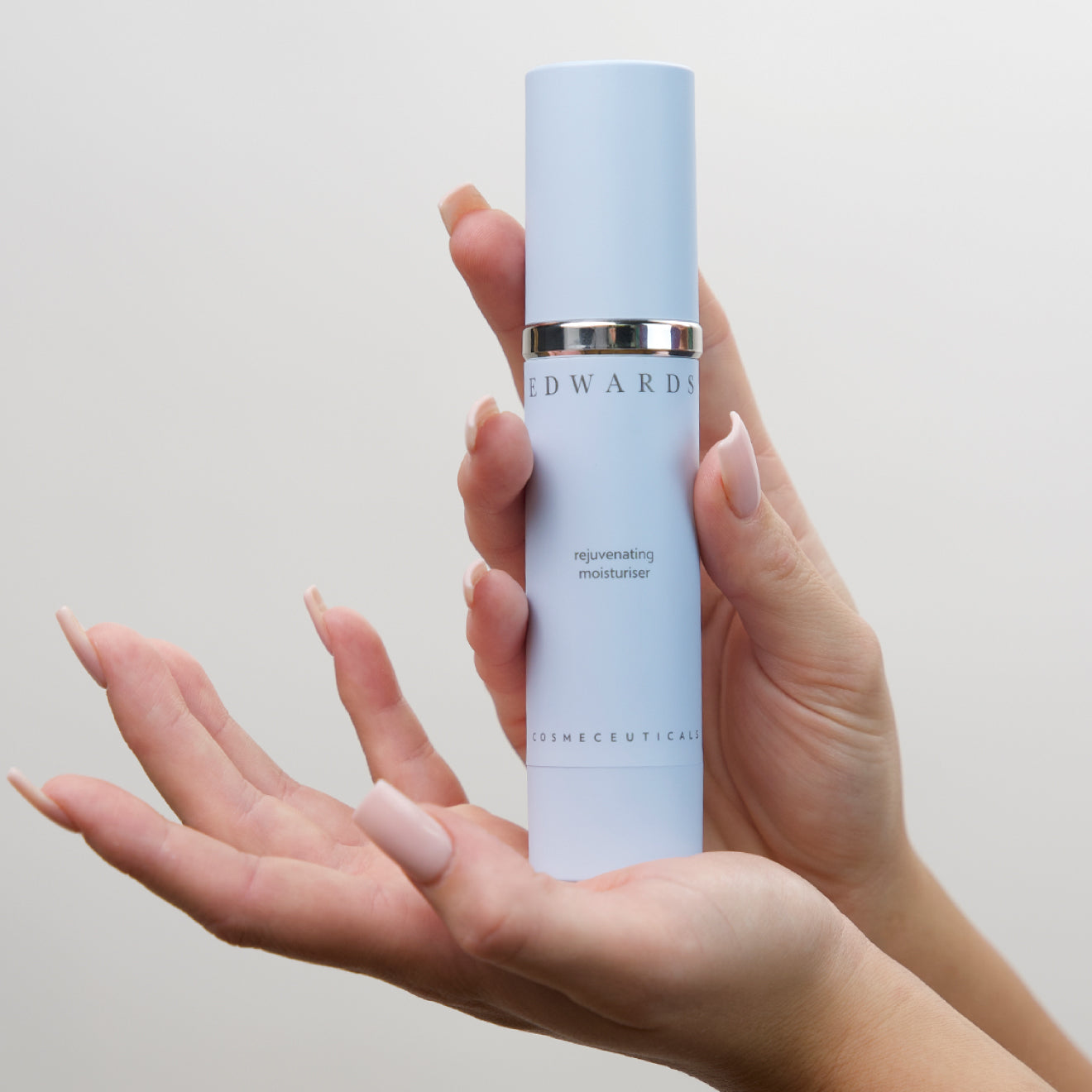

Rejuvenating Moisturiser
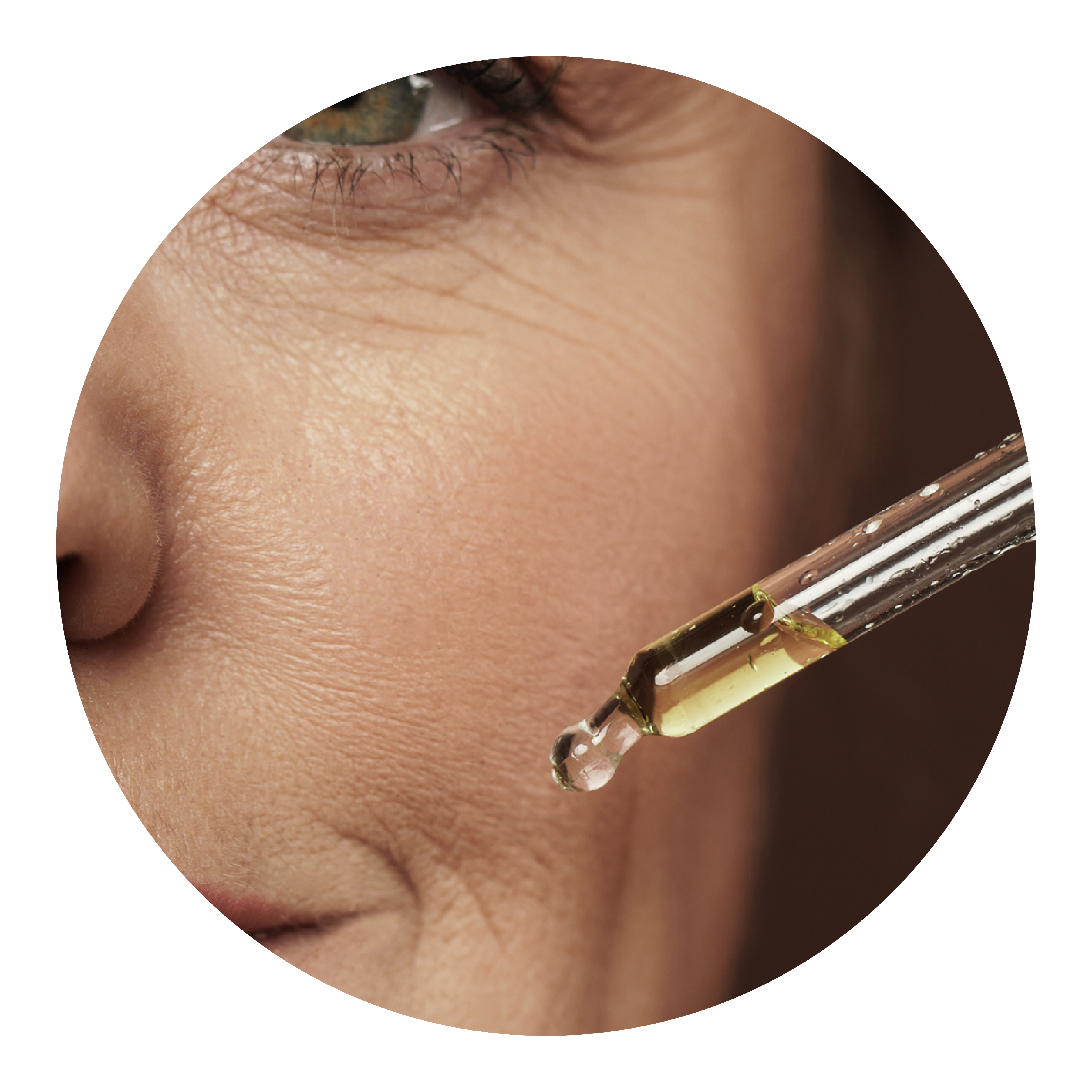
Cleansers: Choose gentle, non-comedogenic cleansers to avoid irritating the skin.
Exfoliants: Incorporate AHAs (like glycolic acid) or BHAs (like salicylic acid) to gently exfoliate and promote cell turnover.
Moisturisers: Use a lightweight, hydrating moisturiser to keep the skin hydrated and support the healing process.
Serums: Consider serums with brightening ingredients like vitamin C, niacinamide, or azelaic acid.
Types of Post-Inflammatory Hyperpigmentation
Pink or red marks, common in fair skin tones, caused by inflammation from acne or irritation.
Dark brown spots due to excess melanin production, more common in medium to deep skin tones.
Deeper pigmentation that appears purple, blue, or gray, often seen in darker skin types or after severe inflammation.

